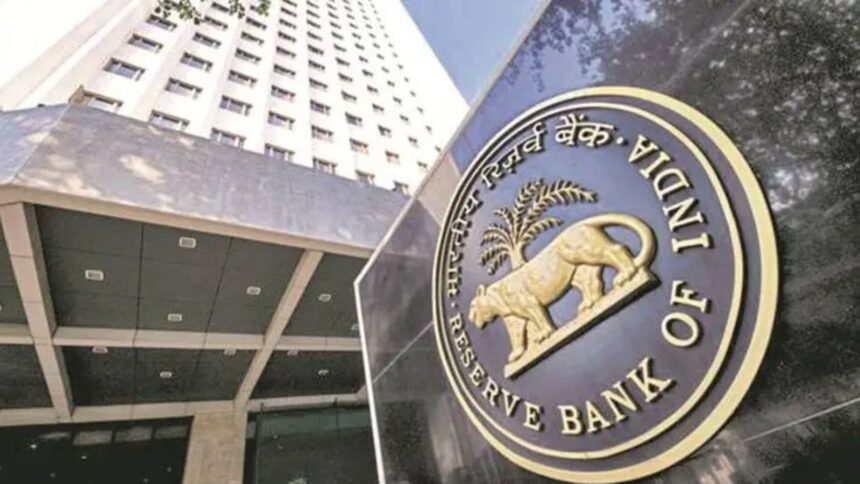The Reserve Bank of India (RBI) on Monday eased the liquidity coverage ratio (LCR) norms under which the banks will now be required to assign an additional 2.5 per cent run-off factor for digital deposits.
“A bank shall assign an additional 2.5 per cent run-off factor for retail deposits which are enabled with internet and mobile banking facilities (IMB),” the RBI said final norms on LCR framework.
The run-off factor refers to the percentage of deposits that could be withdrawn by depositors in a stress scenario. Internet and Mobile Banking facilities (IMB) includes all facilities such as but not limited to internet banking, mobile banking and Unified Payments Interface (UPI) which enables a customer to digitally transfer funds from their accounts.
The lower run-off factor will be a relief for banks as the draft norms had proposed an additional 5 per cent run-off factor for retail deposits which are enabled with (IMB).
The regulator said that the stable retail deposits enabled with IMB will have 7.5 per cent run-off factor and less stable deposits enabled with IMB will have 12.5 per cent run-off factor (as against 5 and 10 per cent respectively, prescribed currently).
RBI said that funding from non-financial entities such as trusts (educational/religious/charitable), Association of Persons (AoPs), partnerships, proprietorships, Limited Liability Partnerships (LLPs) and other incorporated entities will be categorised as funding from non-financial corporates and attract a run-off rate of 40 per cent as against 100 per cent currently.
Unsecured wholesale funding provided by non-financial small business customers (SBCs) will be accorded the same treatment as retail deposits and so will attract an additional 2.5 per cent run-off factor.
The final guidelines said that the level 1 high quality liquidity asset (HQLA) in the form of government securities will be valued at an amount not greater than their current market value, adjusted for applicable haircuts in line with the margin requirements under the Liquidity Adjustment Facility (LAF) and Marginal Standing Facility (MSF).
“These amendments would help improve the liquidity resilience of banks in India and would further align the guidelines with global standards while ensuring that such an enhancement is done in a non-disruptive manner,” the RBI said.
The new norms will come into effect from April 1, 2026, and will be applicable to all commercial banks (excluding payments banks, regional rural banks and local area banks).
According to Anil Gupta, Senior Vice President – Financial Sector Ratings, ICRA, As per RBI’s estimate, the reported LCR of the banking system will improve by 6 per cent as of December 31, 2024.
“With an estimated HQLA of almost Rs 45-50 lakh crore for the banking system, this could free up the lendable resources by almost Rs 2.7-3 lakh crore and support the credit growth of the banks,” he said. This headroom can be equivalent to 1.4-1.5 per cent of additional credit growth potential for the banking system.








